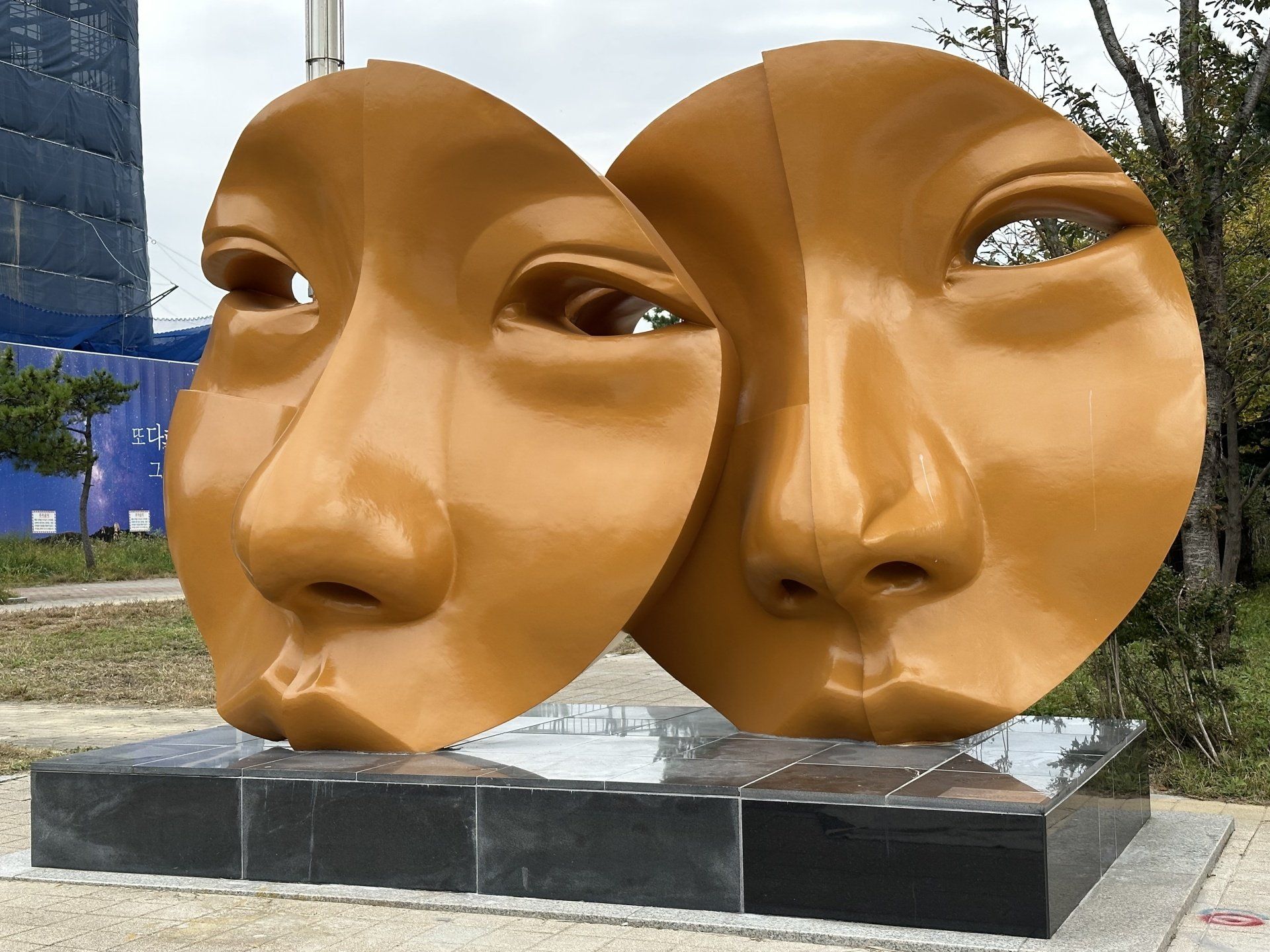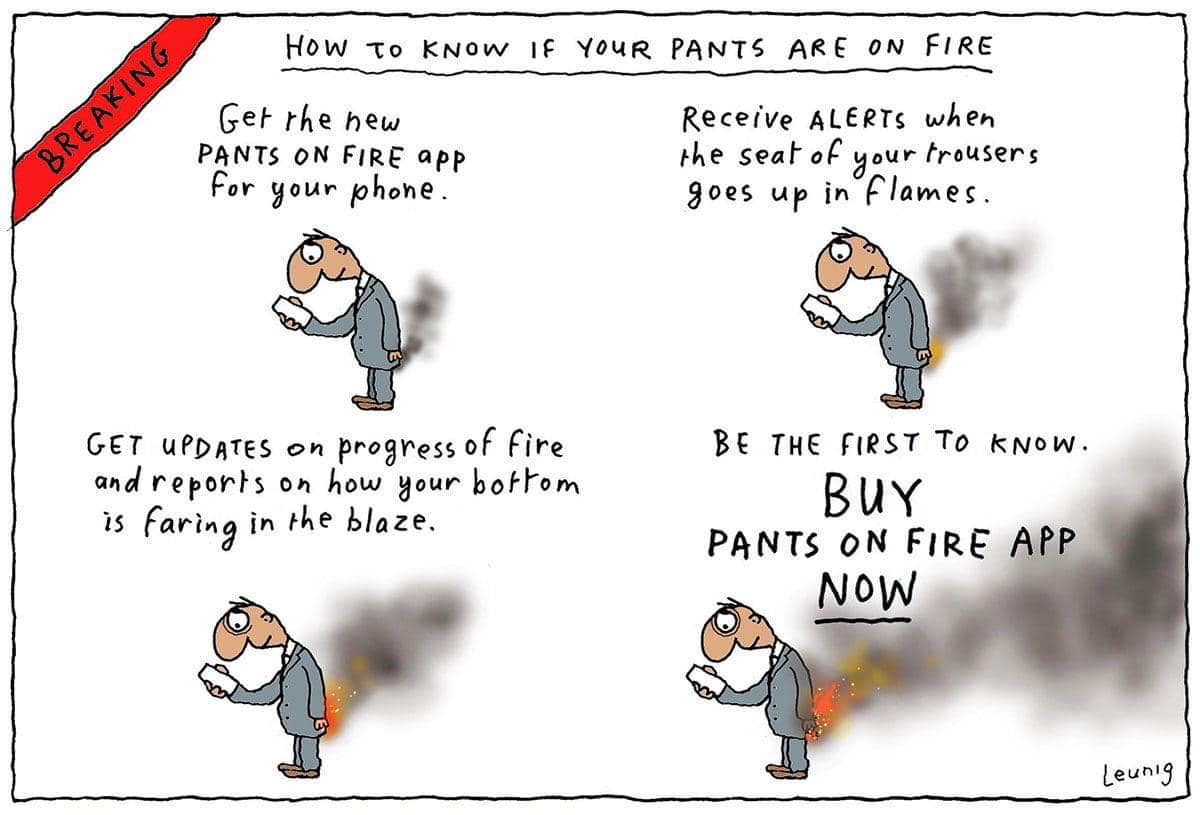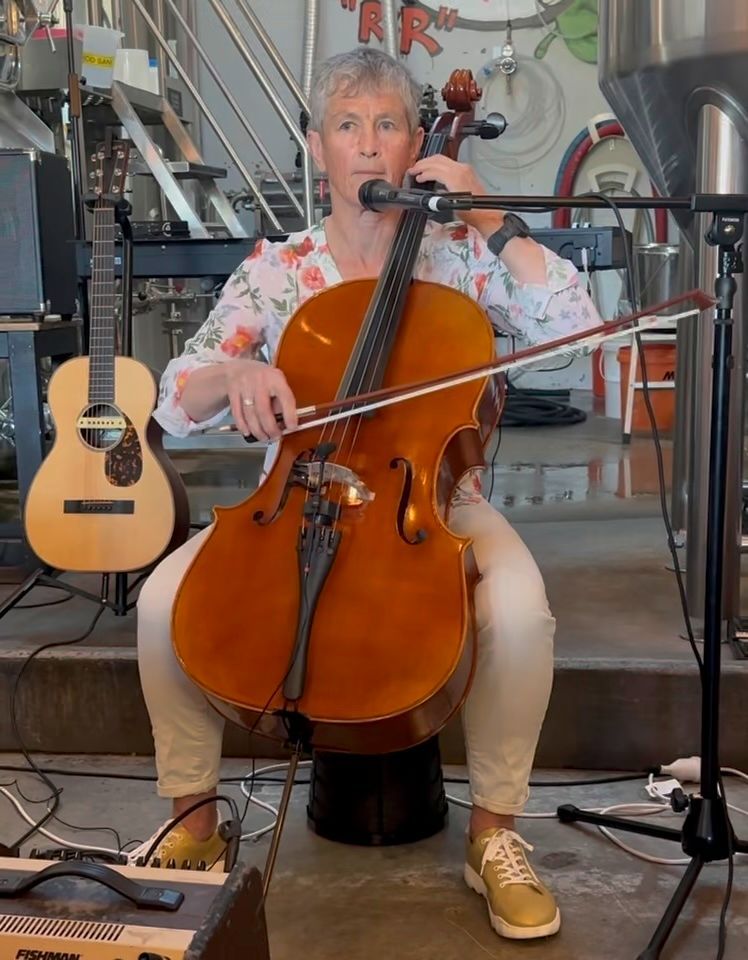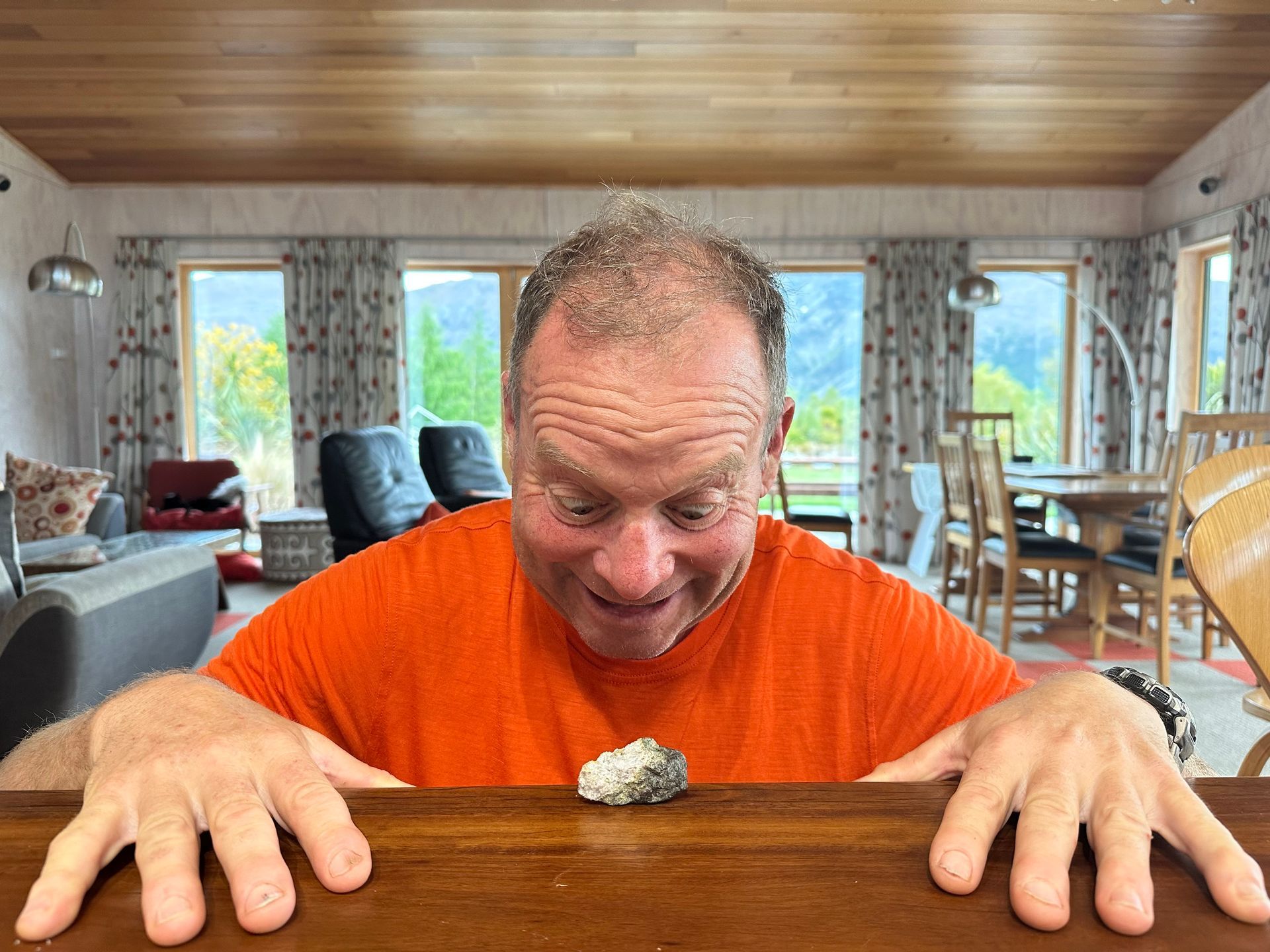Where’s COVID at?

Back in New Zealand from South Korea, the almost complete lack of masks is really evident. What’s funny is how one’s norm shifts. We went to South Korea and felt like wearing masks was something of an imposition because we didn’t have to any more in New Zealand. We return to New Zealand and I feel like I want to be protected from COVID by a mask again, particularly given the recent rise in infection numbers.
I read an Economist article about mask wearing in Japan, where a recent survey supposedly found that 50% of the population want to continue to wear masks. Japan has never had a mask mandate, however mask wearing was common prior to COVID. Asia in general was already a place where mask wearing was common because of air pollution, to protect against pollen in hay fever season, to protect others from respiratory infections, to protect against the sun. Masks became very much commonplace in Asia during the SARS epidemic 2002-2003. A comment in the article I particularly noted was “In Western countries if there’s coercion, people feel their freedom is invaded, but in Japan people feel it is fair if everyone is doing it.” That’s an interesting contrast, isn’t it?
Apparently a whole new etiquette and set of expectations has developed around masks in Japan. An influencer called Zwachin has carved out a niche as a mask influencer, with her heavily made up eyes standing out given the mask covering the lower part of her face. The Japanese trend of wearing masks has been driven, beyond COVID, by people liking how masks cover acne,and hide other perceived facial flaws. Masks are referred to as ‘facial underwear’, highlighting how essential people believe them to be. The term ‘mask beauty’ refers to how good people look in masks and ‘mask fraud’ refers to people who look worse with a mask off than a mask on.
It’s quite a thought, people choosing to wear masks long-term without a pandemic driving them to do so. But that’s why one travels, of course, to see that other people in other places do things differently and it all works out, just differently! One ameliorating factor related to masks in Asia is that people rely much less on the lower part of the face to discern facial expressions than on the eyes. Asian phone emojis are much more heavily reliant on eye and eyebrow variations than mouth variations. That’s the sort of variation one simply doesn’t see in one’s own country and one’s own social group.
New Zealand is definitely in the ‘we don’t want to wear masks’ national camp, despite this week’s surge in COVID case numbers. There was an increase of an average 200 cases a day reported (on 27 October 16,000 cases were reported in the previous week). Why this sudden uptick? It can’t be lack of masks because the mask mandate was dropped mid September.
Michael Baker is predicting a rise in NZ COVID cases based on a steady rise in cases in Singapore, whose COVID waves have paralleled NZ’s. Two sub-variants are thought to be driving this wave – Omicron BQ.1.1 and XBB, taking over from BA.4 and BA.5. The variants gaining ground are collectively known as the ‘Scrabble variants’ because they contain letters that give high scores in Scrabble! The variants that take over are more infectious in the population, by definition, though their infectiousness may be related to evading protection conferred by vaccines/infection rather than simple ease of spread in an unvaccinated and uninfected population.
One point to note on this front is the false claims doing the rounds of the internet saying some of the current Omicron subvariants are the most infectious diseases ever known and is more infectious than measles. It’s actually pretty much impossible now to estimate the relative infectiousness (R0) of variants compared to other diseases because of the hugely mixed levels of vaccination and previous infection in communities. R0 is calculated on the basis that no one is infected and no one has had a prior infection. COVID is up there in terms of infectiousness, without a doubt, but it is not currently considered at the top of the heap.
My personal thoughts on COVID at this point are mostly to wonder how long Chris and I can continue to avoid it, as most people we know who haven’t previously been infected seem to be catching COVID. It’s only a matter of time…






